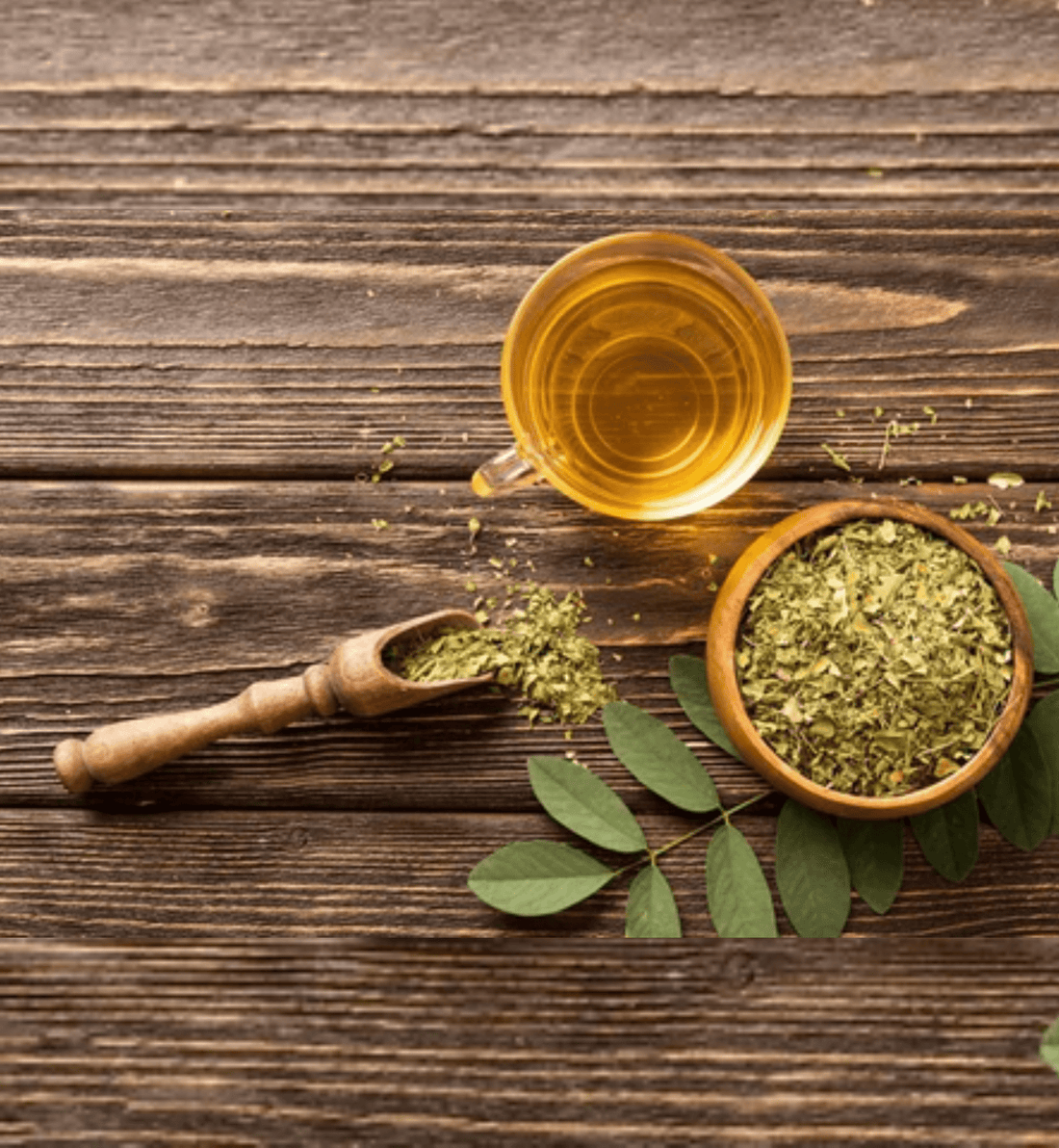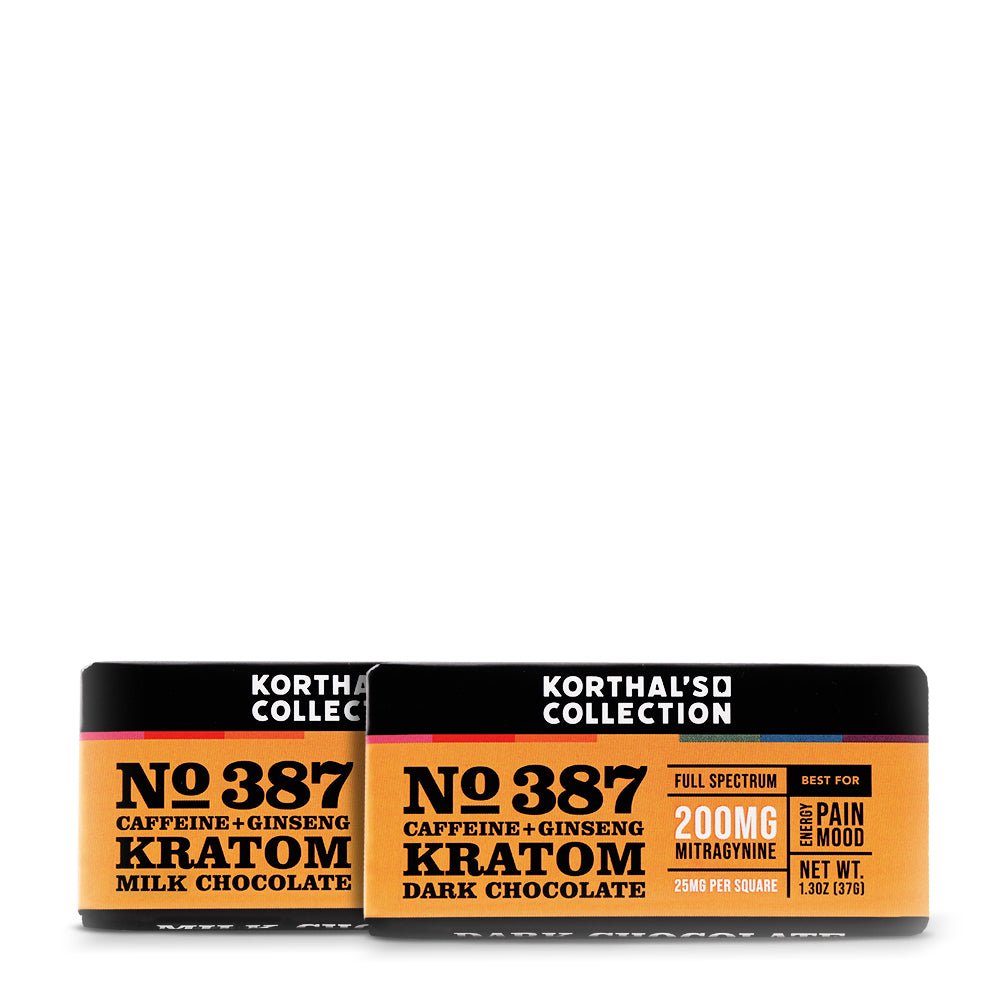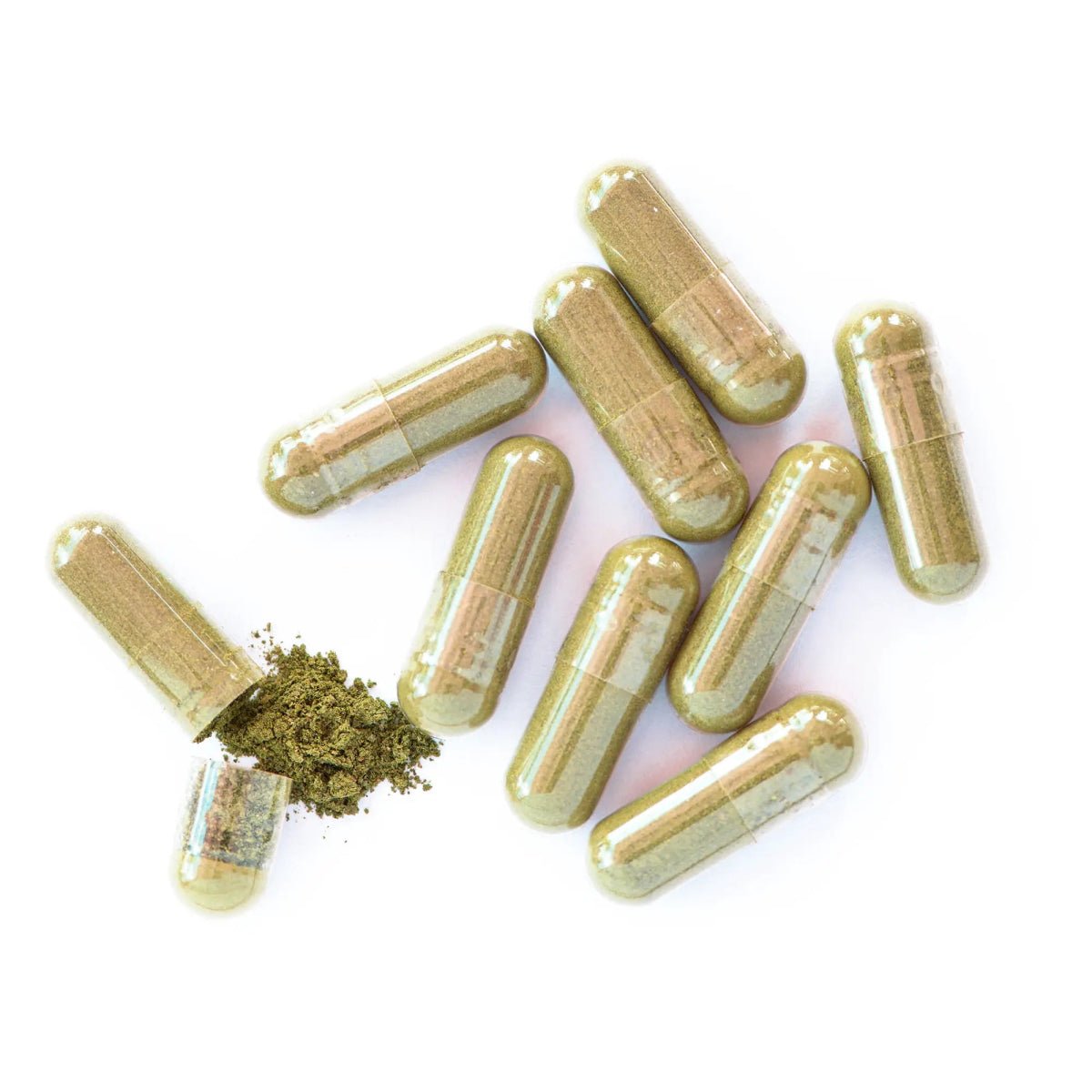
What is Kratom Tea? All You Need to Know
SEO DepartmentIn the vast tapestry of traditional remedies, Kratom tea emerges as a captivating thread, weaving through time and cultures with its aromatic infusion. Originating from the Kratom tree's leaves, indigenous to Southeast Asia, this plant has transcended its roots to become a subject of fascination and exploration.
In this article, we embark on a journey to unravel the mysteries of Kratom tea, from its humble beginnings to its contemporary allure. Join us as we delve into the nuances of what kratom tea is, explore its potential benefits, understand its myriad uses, dissect the crucial aspect of dosage, know how to make Kratom tea, weigh its safety considerations, and shine a light on the potential side effects that accompany this ancient brew.
Brace yourself for an informative voyage that promises to demystify Kratom tea, providing you with all the knowledge you need to savor this intriguing herbal concoction responsibly.
What is Kratom Tea?

Mitragyna Speciosa is the other name for Kratom. The plant is native to Southeast Asia and has different names; some commonly known names are Thang, Kukuam, Thom, Ketum, Maeng da, and Biak. Kratom leaves contain two major ingredients: hydroxy mitragynine and mitragynine.
Kratom tea is a beverage traditionally made by brewing and steeping leaves of the Kratom tree in hot water, extracting the alkaloids responsible for its effects. This traditional practice has been passed through generations in Southeast Asian culture, where Kratom has been used for various purposes for centuries.
What are the Benefits of Kratom Tea?
Many health bloggers say there are health benefits to consuming Kratom tea, but there is no scientific proof for this statement. The 2017 survey suggests that it may alleviate pain and can relieve stress.
Kratom tea may help with opioid withdrawal symptoms, as the chemicals interact with opioid receptors in a person's brain. Animal studies have shown that mice may improve tolerance of opioids.
Traditional and modern science medicine uses Kratom powders and capsules to treat fatigue, pain, diarrhea, and muscle cramps.
What is Kratom Tea Used For?
Is Kratom tea good? The research till now is not specific and there is no scientific evidence for the same. Many people use Kratom tea to improve their mental health issues, including stress. Most people say that consuming this beverage can aid in pain relief.
The uses of Kratom tea are diverse and varied. Analgesic and stimulant properties have traditionally been its uses. Additionally, some users turn to Kratom tea as a natural remedy for managing anxiety and depression. The versatile nature of Kratom tea makes it a subject of increasing interest within the wellness community.
The benefits of Kratom tea include enhanced wellness properties, making it a popular choice among individuals.
Kratom Tea: Dosage
Determining the appropriate dosage of Kratom tea is crucial to ensure a safe and effective experience. The strength of the tea can vary based on factors such as the type of Kratom leaves used and the steeping time.
It is advisable for users, especially beginners, to start with a low dosage and gradually increase as needed, while closely monitoring individual responses.
Early studies suggest that 5 grams of raw plant material may act as a stimulant, and 5 to 15 grams can have the opposite effect and may help relieve pain.
Read more: Kratom Extracts vs Powder - What sets them apart?
How to Prepare Kratom Tea?
You can try either powdered Kratom or crushed leaves to make Kratom tea. Here are the steps for the Kratom tea recipe -
Kratom Tea From Powder

The easiest way to make Kratom tea is to make tea from Kratom powder. Just follow the procedure and you are ready to drink Kratom tea.
- If you are a beginner just take a teaspoon of powder. Or just measure the desired amount of Kratom powder.
- Heat half of a cup of water until just under boiling point.
- Slowly add Kratom powder and stir occasionally. Allow the powder mix to simmer gently for 10-20 minutes on low setting.
- Use a filter to strain any solid bits. If the tea is strong add more hot water until it suits you.
- Now, add lemon juice and sugar or honey. Let it cool down for a few minutes and enjoy your tea.
For a simple Kratom tea recipe, combine two teaspoons of Kratom powder with boiling water, steep for 15 minutes, and strain to enjoy a soothing drink.
Kratom Tea From Crushed Leaves
Additionally, follow the steps below to make Kratom tea from crushed leaves -
- Start by measuring the desired amount of Kratom crushed leaves. Add half a cup of water to a pot. Adjust to a medium setting and let simmer.
- When making kratom tea with crushed leaves, ensure you simmer the leaves in water for about 10 minutes to extract their beneficial compounds.
- Stir the mixture occasionally, and once done strain the tea with a strainer or cheesecloth.
- Cool your freshly made tea and enjoy.
Is Kratom Tea Safe?
While many people consume Kratom tea without issue, safety considerations are paramount. The overall safety of Kratom tea depends on various factors, including individual health conditions and proper dosage. It's essential to source Kratom from reputable suppliers to ensure product quality and purity, reducing the risk of contaminants.
Many areas restrict the consumption of Kratom for various reasons. One of the main reasons is that there is no evidence that Kratom is safe to consume.
Read more: What is Freezing Kratom - How Does it Work?
What are the Side Effects of Kratom Tea?
Like any substance, Kratom tea is not without potential side effects. Some users may experience nausea, dizziness, or digestive discomfort. Chronic use or excessive dosage can lead to more severe side effects. Individuals should be aware of their tolerance levels and adhere to recommended guidelines to minimize adverse reactions.
According to the Food and Drug Administration (FDA), Kratom is not a dietary supplement. Regular usage of Kratom may cause dependence, and customers may experience withdrawal symptoms like muscle aches, jerky movements, insomnia, irritability, hostility, aggression, emotional changes, and runny nose.
Some long-term effects are darkened facial skin, dry mouth, frequent urination, anorexia, weight loss, and frequent constipation.
Note: The Drug Enforcement Administration (DEA) considers Kratom as a drug of concern, even though it is legal in the USA.
Wrap Up!
In conclusion, Kratom tea is a fascinating herbal infusion with a rich cultural history and potential health benefits. From its traditional roots to its contemporary uses, Kratom tea has captivated the interest of individuals seeking natural alternatives. Indulge in a delightful fusion of wellness and flavor with the Korthal Collection - Kratom Gummies and Edibles. Elevate your experience with these meticulously crafted treats, seamlessly blending the power of Kratom with delectable taste.
It is advisable to consult with healthcare professionals and exercise prudence when incorporating Kratom tea into one's wellness routine. With careful attention, Kratom tea can be enjoyed responsibly, unlocking its potential benefits in a mindful and informed manner.
Frequently Asked Questions
1) What is Kratom tea?
Kratom tea is a beverage made from the leaves of the Kratom tree (Mitragyna speciosa). The leaves are typically brewed in hot water to extract their active compounds, resulting in a drink that may offer various potential effects.
2) How is Kratom tea prepared?
To prepare Kratom tea, you can use crushed or powdered Kratom leaves. Add the desired amount to boiling water and let it steep for 10-15 minutes. Strain the liquid to remove the plant material, and the tea is ready to drink. Some people also add sweeteners or flavors to enhance the taste.
3) What are the benefits of drinking Kratom tea?
Individuals often report various benefits. However, it is essential to note that scientific research on Kratom is limited, and its effects can vary widely among individuals.
4) Is Kratom tea legal?
The legality of Kratom varies by country and region. In some places, it is legal to purchase and ingest, while in others, it may be restricted or banned. Always check local regulations before using Kratom products.
5) Can I mix Kratom tea with other ingredients?
Yes, many people enjoy mixing Kratom tea with other ingredients such as honey, lemon, or herbal teas to improve the flavor. However, be cautious about combining it with other substances that may affect its strength or side effects.



